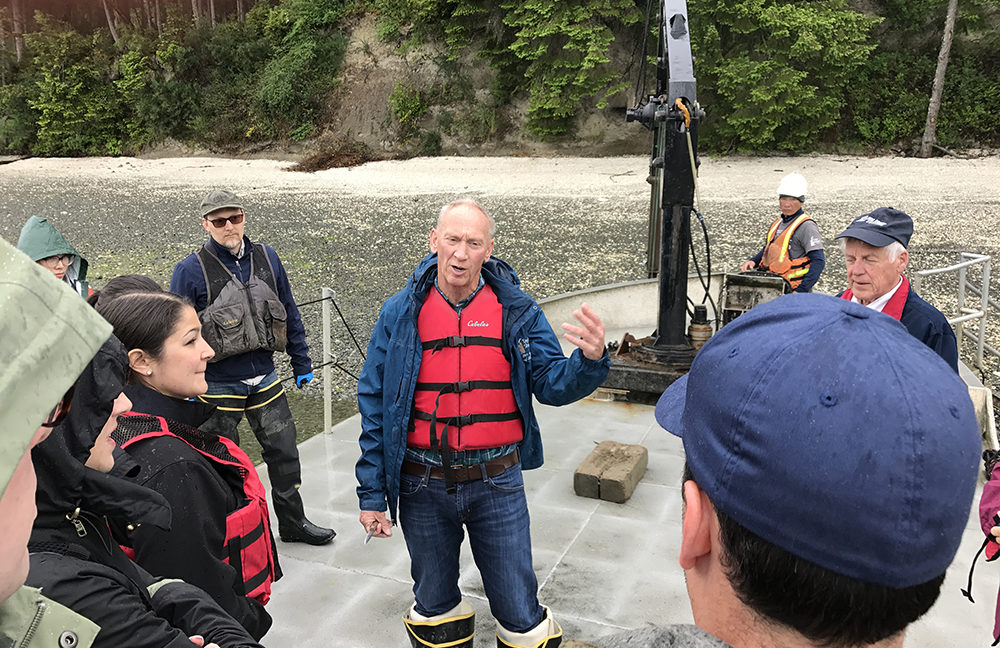
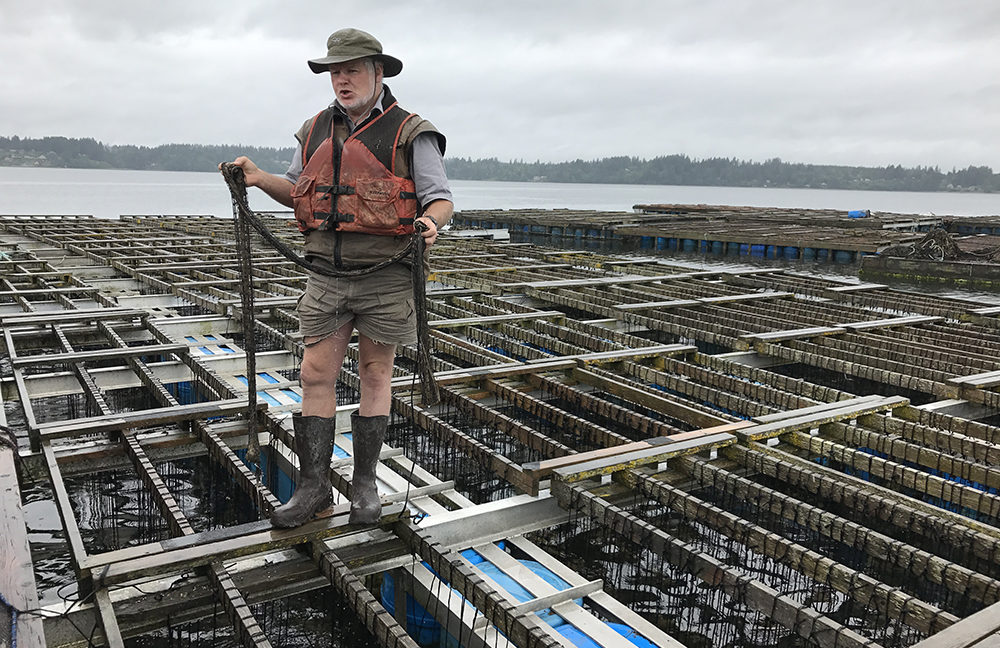
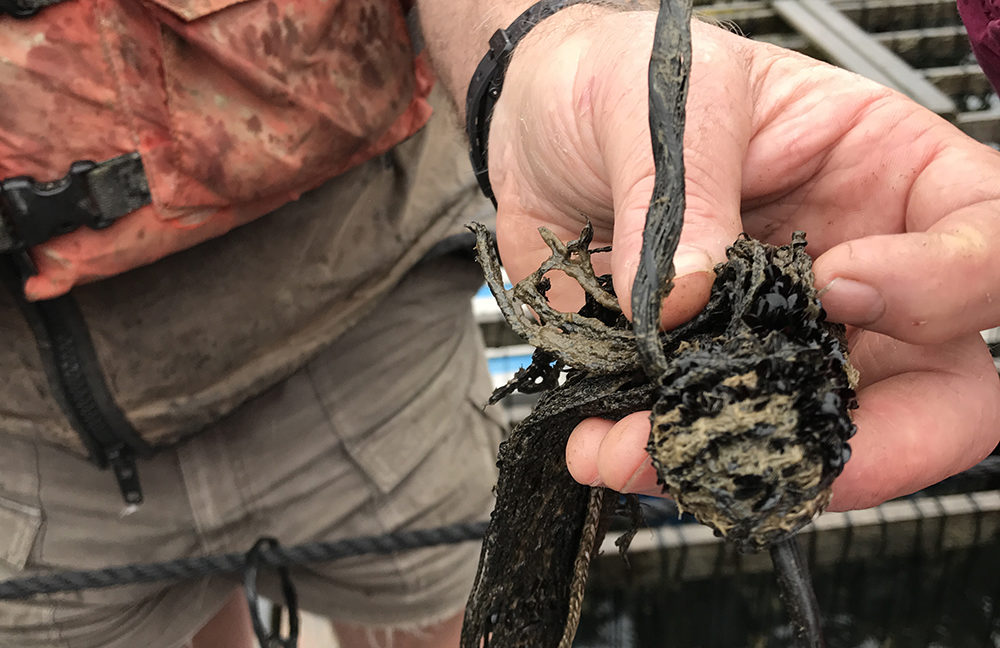
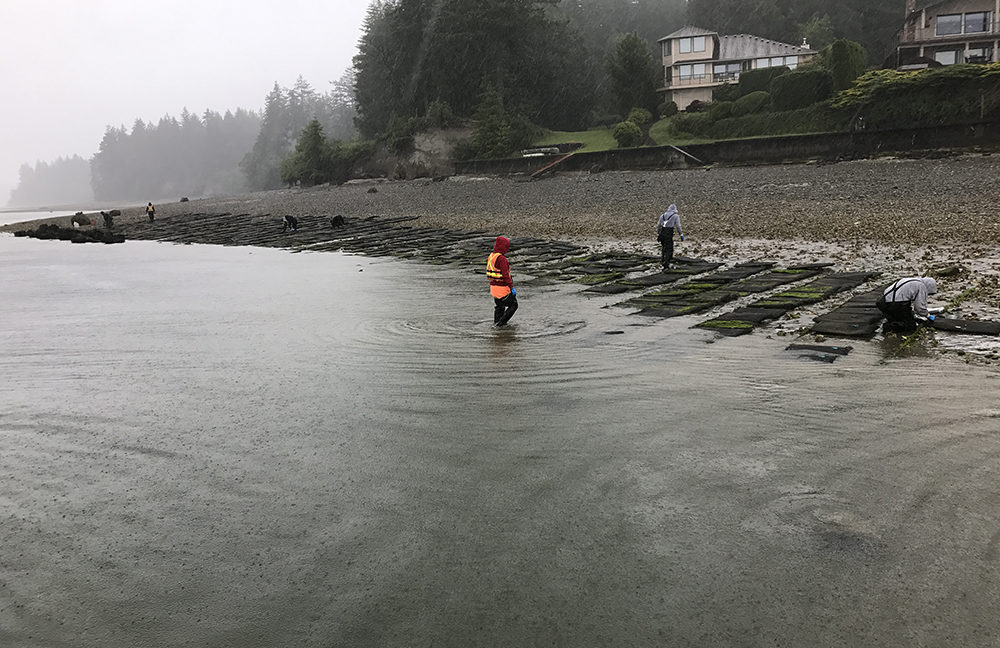
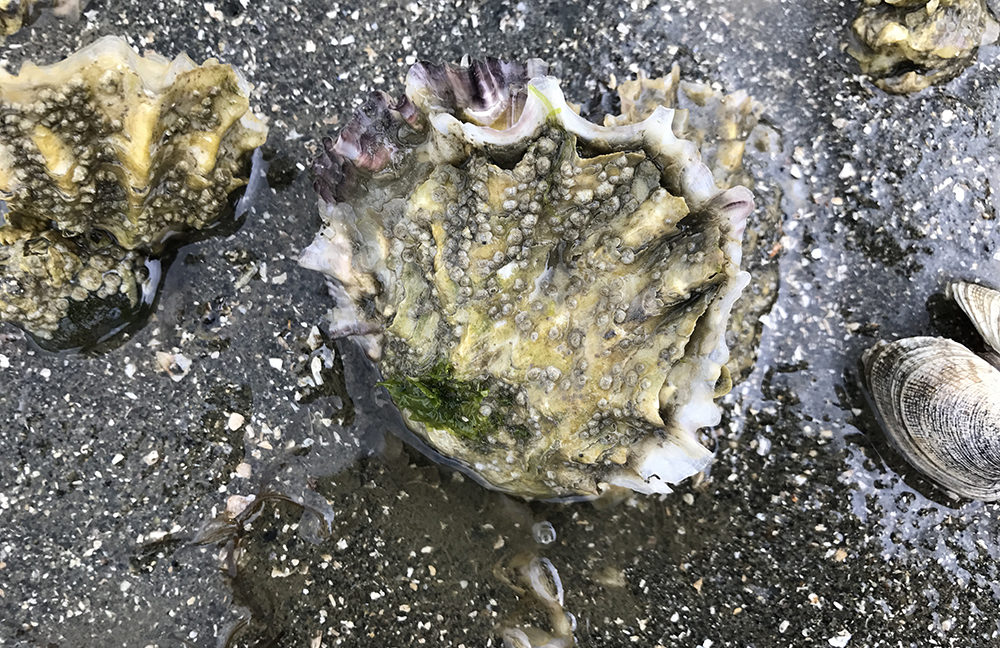
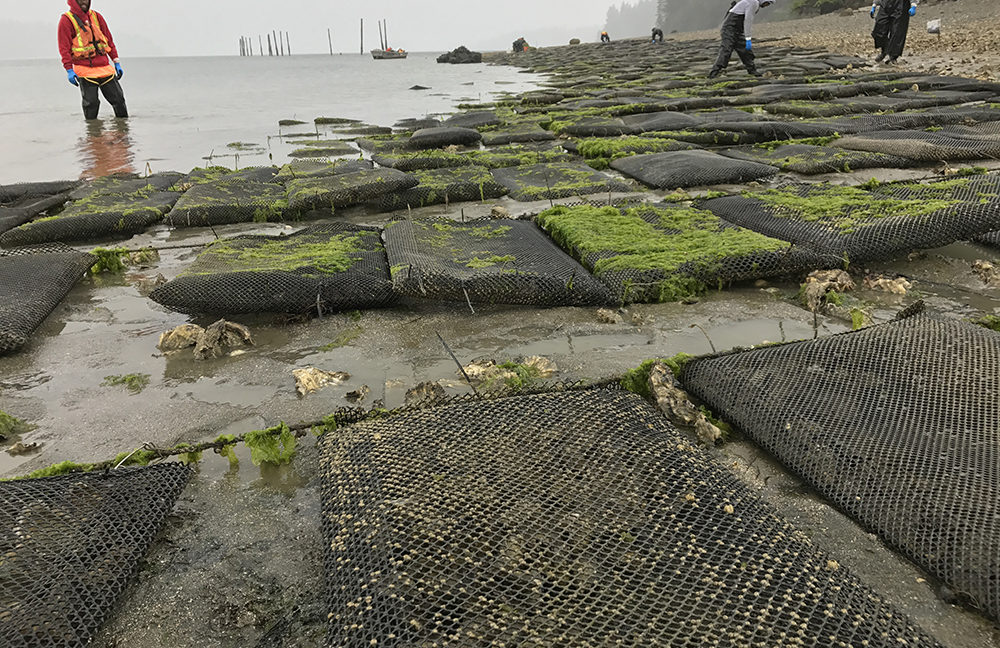
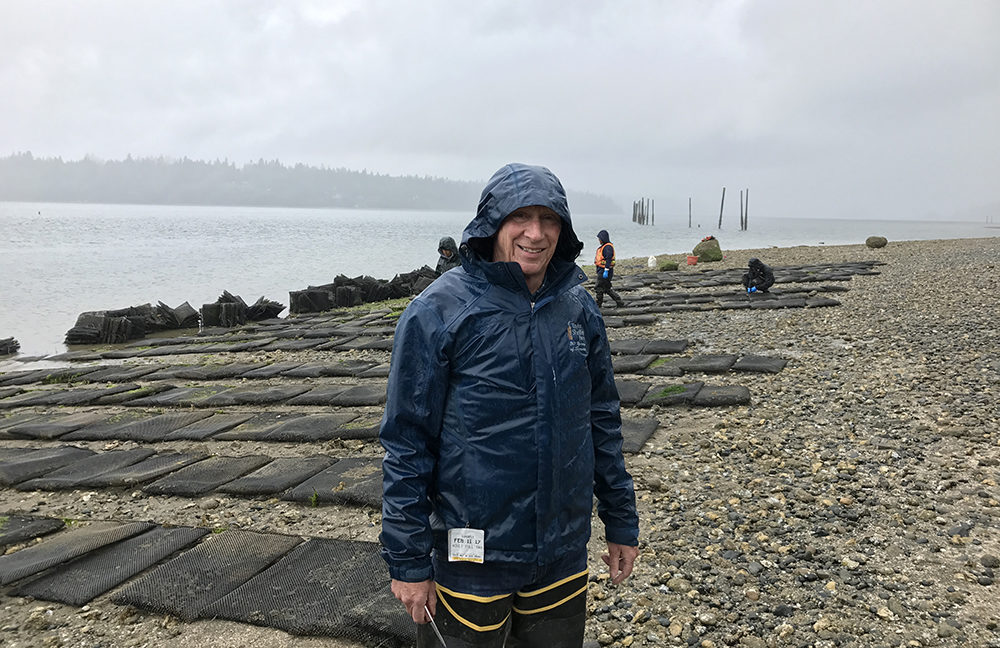
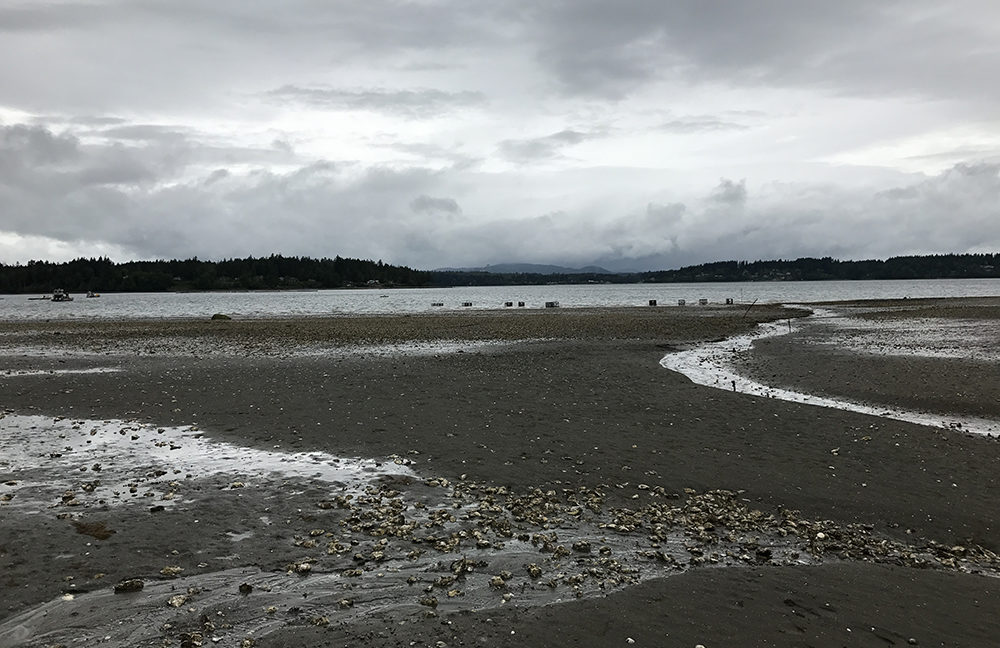
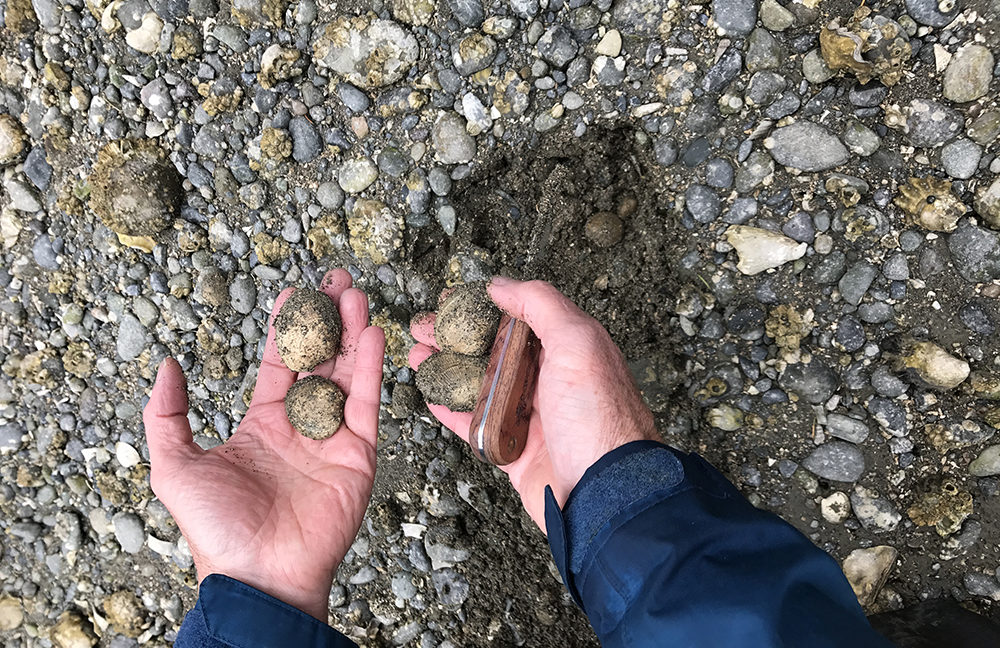
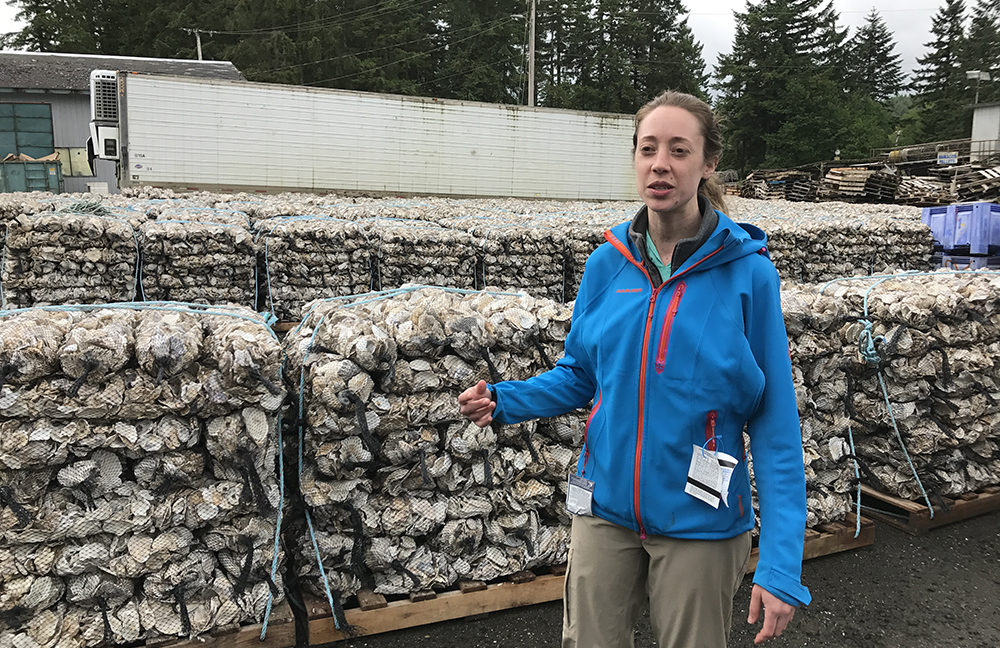
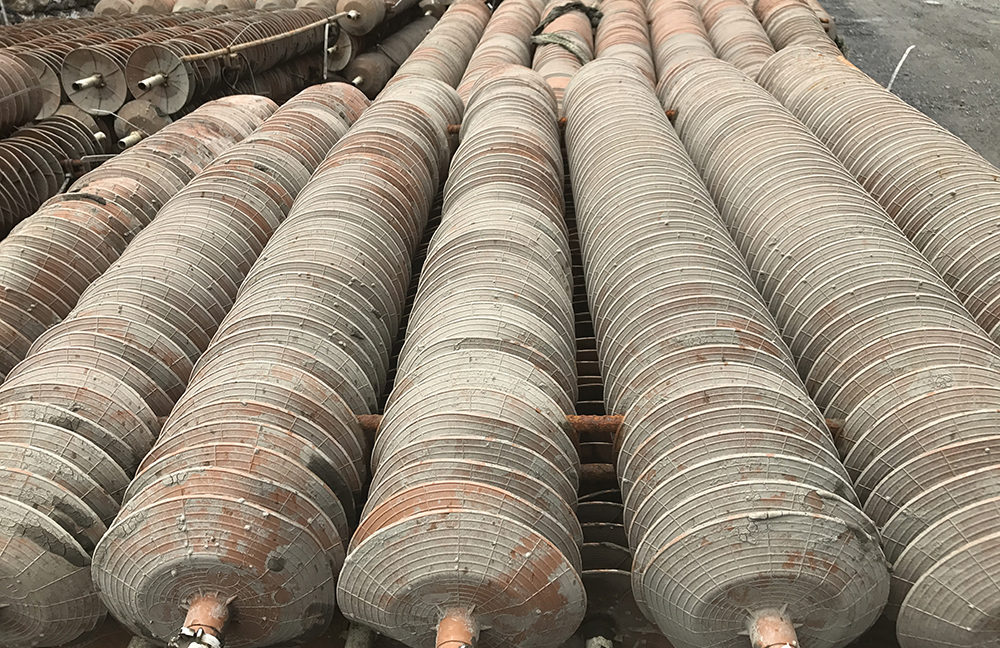
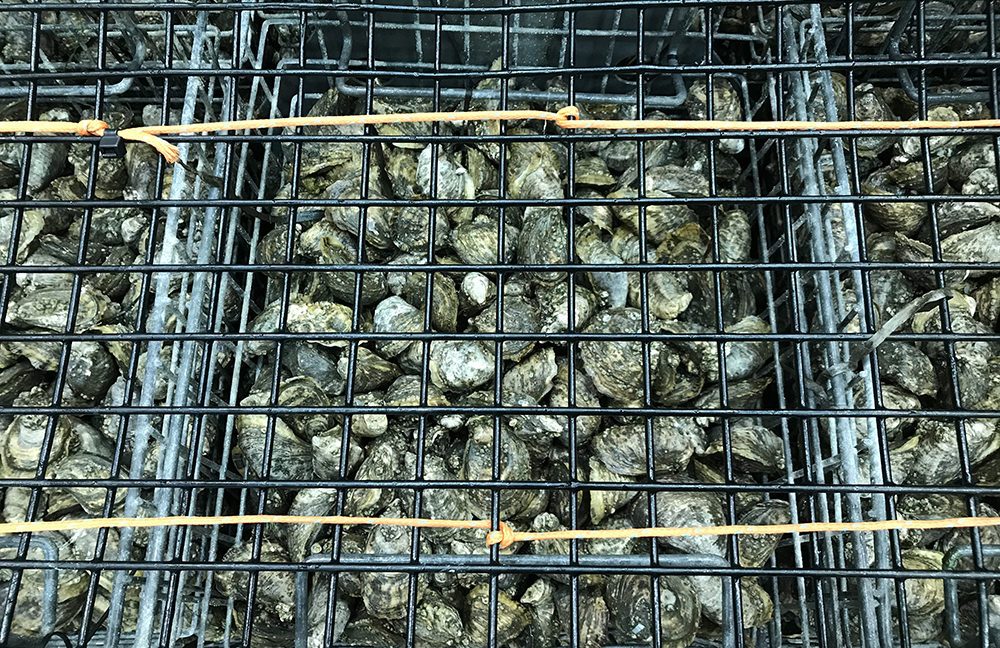
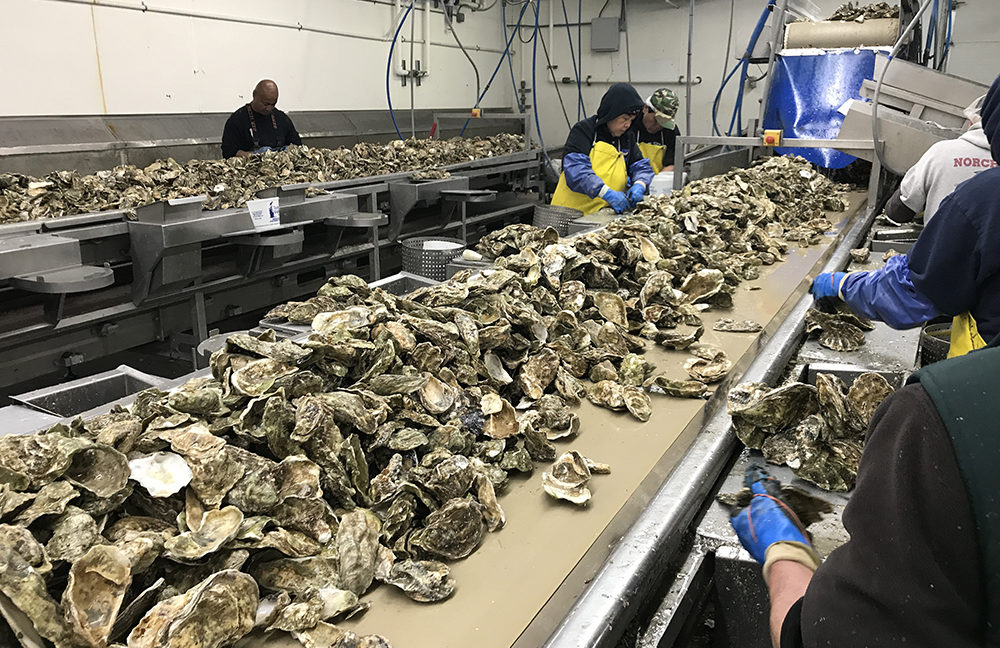
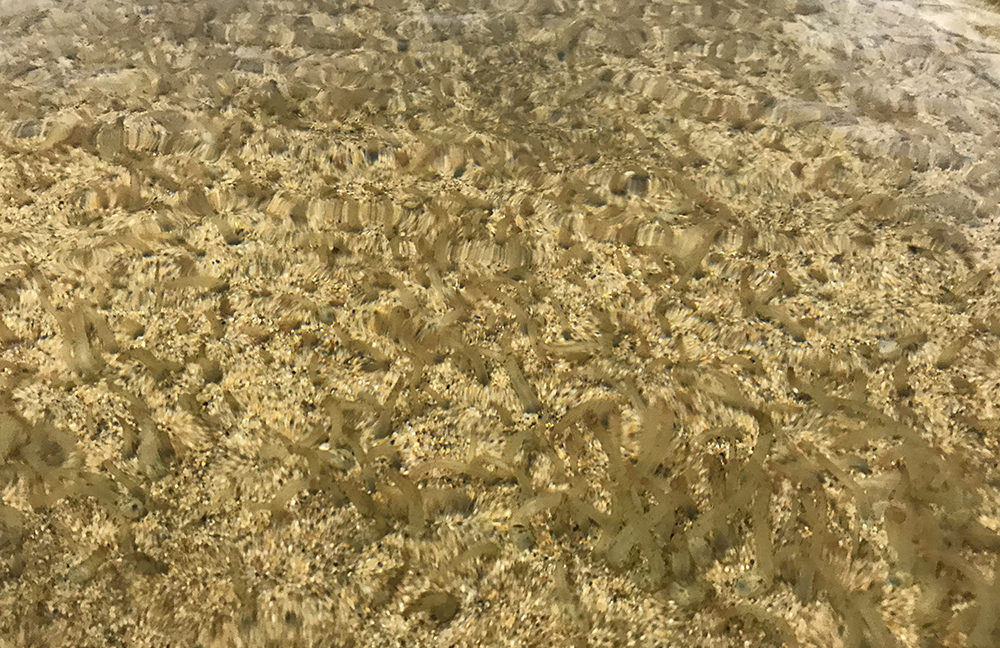
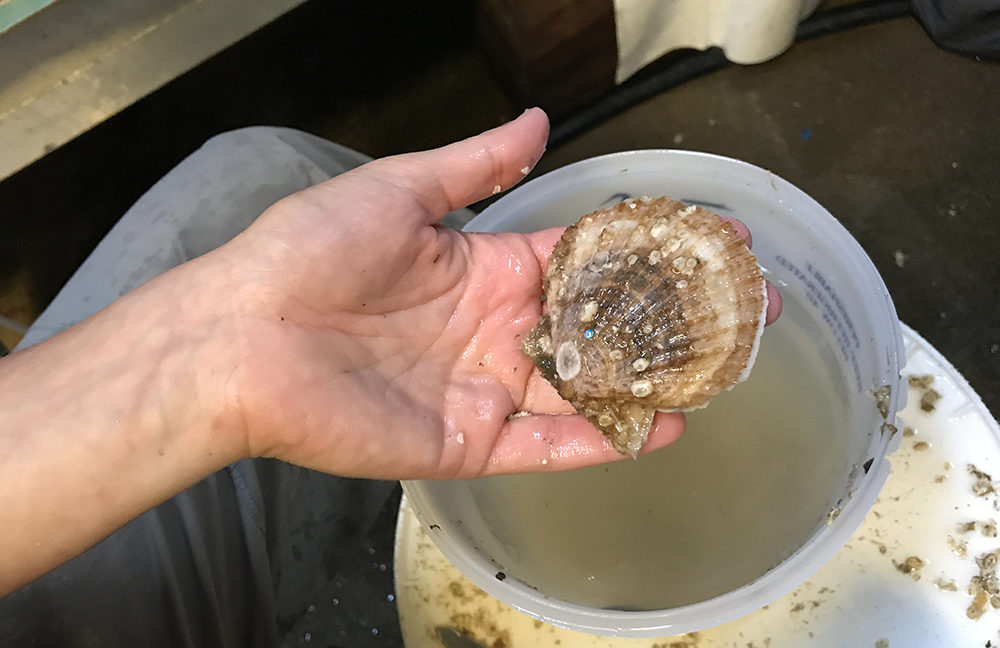
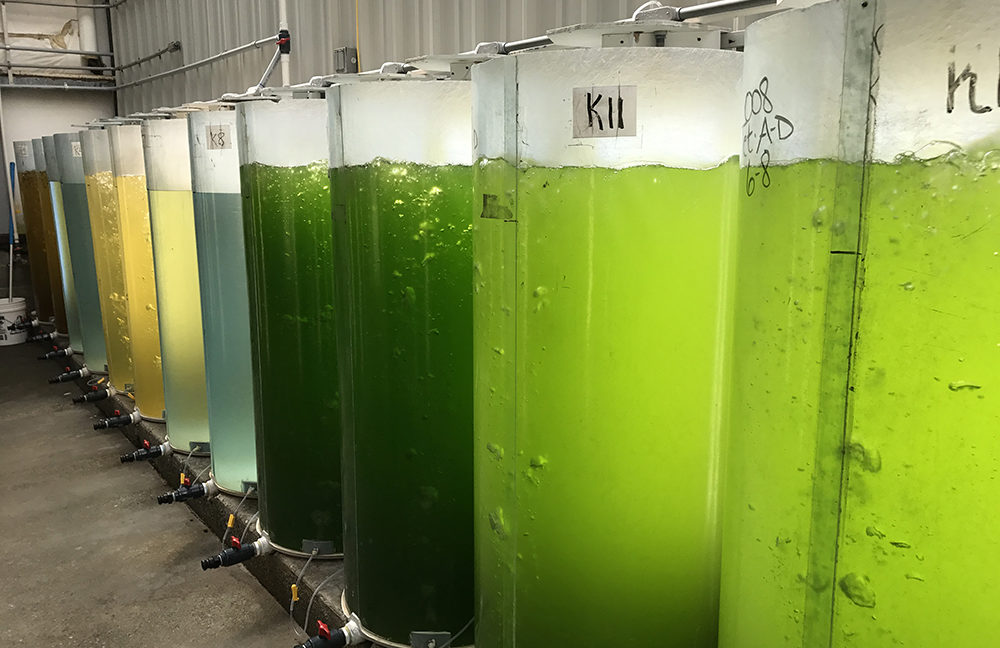
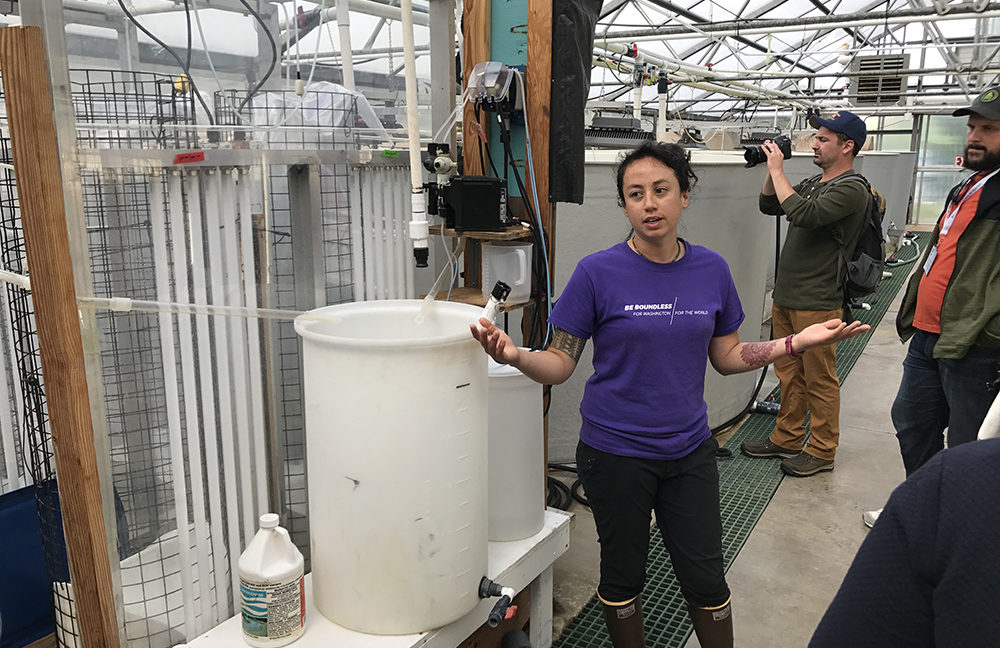
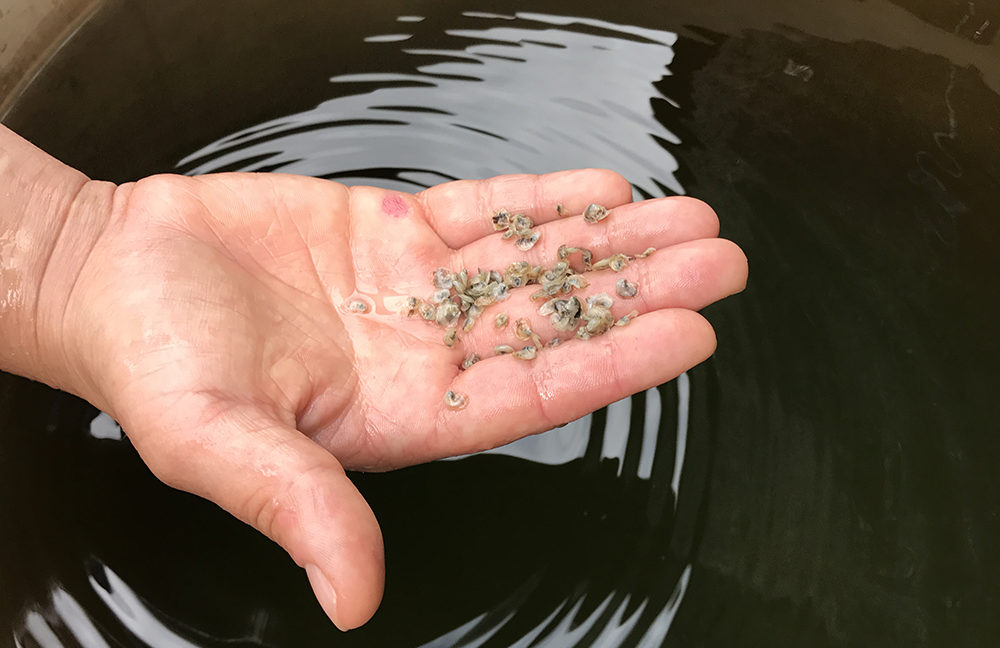
Photographs of a leading U.S. shellfish supplier’s operations in Puget Sound
Global Aquaculture Advocate Editor James Wright toured Taylor Shellfish Co. operations in Puget Sound following the SeaWeb Seafood Summit, which was held in nearby Seattle. Taylor, one of the leading U.S. shellfish suppliers, offered conference attendees an up-close look at its farming, processing and hatchery operations. The tour stopped in Totten Inlet, Shelton and Quilcene Bay.
Author
-
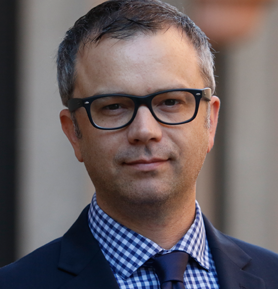
James Wright
Editorial Manager
Global Aquaculture Alliance
Portsmouth, NH, USA[103,114,111,46,101,99,110,97,105,108,108,97,101,114,117,116,108,117,99,97,117,113,97,64,116,104,103,105,114,119,46,115,101,109,97,106]
Tagged With
Related Posts
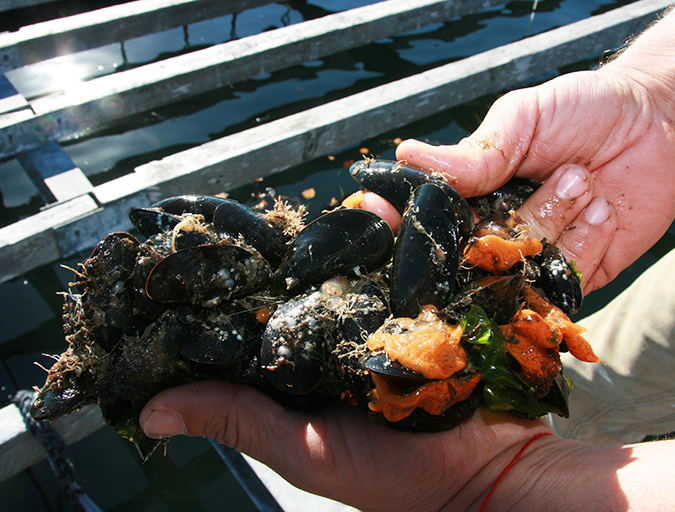
Intelligence
Images: Bangs Island Mussels in Casco Bay, Maine
This photo slideshow offers a close-up look at what restaurants in Maine and beyond are raving about: Bangs Island Mussels. Six years after purchasing the company from its founder, Matt Moretti says the niche shellfish supplier has expanded its production and market distribution.
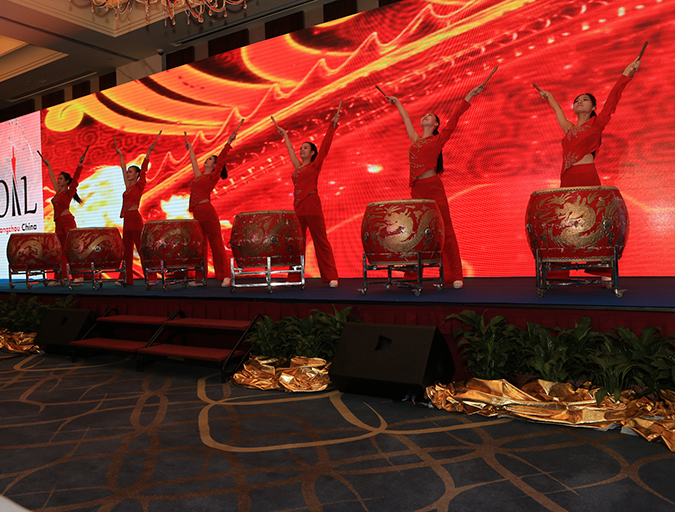
Innovation & Investment
Images: GOAL 2016 in Guangzhou
The Global Aquaculture Alliance’s annual GOAL (Global Outlook for Aquaculture Leadership) conference was held September 19-22 in Guangzhou, China. Click through this photo gallery taken during the three days of the annual event.
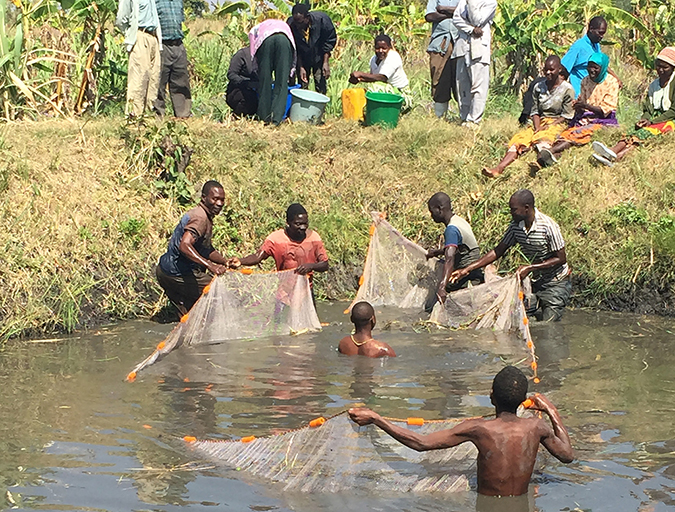
Responsibility
Images: Small-scale aquaculture emerging in Africa
A study by University of Southampton Ph.D. candidate Alison Sky Simmance aims to investigate the role of small scale aquaculture in Malawi, a country where the demand for farmed fish is becoming more urgent in light of declining capture fisheries and high dependency on fish a vital source of animal protein.
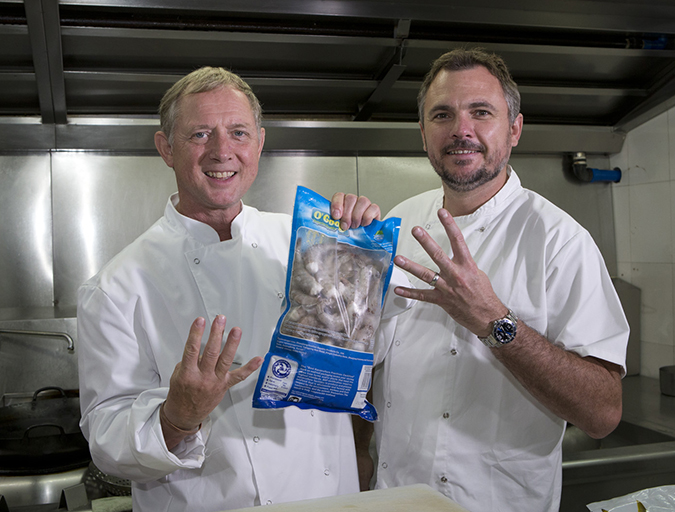
Intelligence
Images from GOAL 2016: Chefs collaborative
Before the Global Aquaculture Alliance's annual GOAL conference in Guangzhou, China, GAA market development manager for the United Kingdom, Mike Berthet, collaborated with some local chefs to prepare some of China's favorite seafood species.

